Menu

Congratulations on reaching this significant milestone with your 12-month-old. Encourage independence with simple words, gentle discipline, and motor skill play at this stage. Monitor milestones, maintain a sleep routine, and introduce nutritious foods.
Prepare for an eventful month as your baby is on the verge of hitting exciting developmental milestones. Whether they’re mastering the art of walking with a bit of wobbling or confidently taking off on two legs, each child has a unique mobility journey. Embrace the variations in their progress and enjoy these moments of exploration!
Around this age, your baby will likely add about half an inch to their height monthly and gain approximately three ounces weekly. It’s important to note that each baby follows their unique growth pace.
Some may experience a growth spurt around 12 months, while others might witness a gradual slowing down of growth as they transition into toddlerhood. Embrace the individual pace of your child’s development!
According to CDC guidelines, your baby’s height and weight may vary, but on average, girls are around 28.3 to 29.7 inches tall and weigh 18.1 to 21.4 pounds. On the other hand, boys tend to be a bit larger, with heights ranging from 29.1 to 30.5 inches and weights between 19.6 to 22.8 pounds.
Keep in mind that these numbers are just typical averages. It’s perfectly normal if your 1-year-old is either larger or smaller. Every child has a unique pace of growth and development.
Fever: For babies aged 6 to 24 months, consult your healthcare provider if the temperature exceeds 102 F (38.9 C) for more than one day without other symptoms. If additional signs like a cold, cough, or diarrhea are present, consider contacting your healthcare provider sooner, depending on their severity. If your baby experiences a fever persisting for over three days, contact your healthcare provider.
Teething: As your little one approaches the teething stage at 12 months, it’s helpful to recognize the signs of this developmental phase. You may notice red swollen gums, increased irritability, flushed cheeks, dribbling, and finger or fist sucking. While these teething problems are typically temporary, if persistent pain affects sleep, reaching out to a health professional for advice is a good idea.
Allergies: As your little one’s diet expands, they may develop allergies. After introducing new foods, watch for signs such as skin rashes, runny nose, or digestive issues. Keep a food diary to help identify potential triggers and consult with a healthcare professional if needed.
Indigestion: The transition to solid foods may bring about occasional indigestion. Monitor your child’s reactions to different foods, noting any signs of discomfort, gas, or changes in bowel habits. Adjust their diet accordingly, incorporating easily digestible options.
Cold and Sore Throat: Exploring their surroundings exposes your child to various infections. Inevitably, they might experience a cold or a sore throat. Ensure they stay well-hydrated, provide comfort measures like a humidifier, and consult a healthcare professional if symptoms persist or worsen. Pay attention to any signs of respiratory distress or persistent fever.
Your little one is standing tall now, expanding their world and encountering new risks. Ensure your toddling baby’s safety by taking these crucial additional precautions.
As your baby turns one, breastfeeding can continue for up to two years. Some moms choose to start weaning around the one-year.
While your little one’s body is ready to handle a variety of foods, keep in mind that their teeth are still coming in, so some tougher foods may be challenging to chew.
Introduce cow’s milk after their first birthday, even if they initially resist the taste. Choose Vitamin D whole milk for the essential fats your child needs.
Be cautious not to overdo it with milk, as you want them to focus on calories from food. Offer milk during meals, limiting it to breakfast, lunch, and dinner. Ensure your 12-month-old gets three meals and at least two snacks daily, and encourage water intake while avoiding sugary juices.
Now that your baby is 12 months old, aim for three meals a day and consider incorporating two healthy weaning snacks in between. Opt for nutritious options like fruits, vegetable sticks, toast, bread, or plain yoghurt.
Keep in mind that it’s unnecessary to add salt or sugar to their food or cooking water. Avoid salty foods as they aren’t beneficial for their kidneys, and be mindful of sugar intake to prevent tooth decay.
Breastmilk still provides important nutrition and protection against disease at this age, but other foods become your child’s main source of nutrition and energy. Feed your baby other foods first and then breastfeed after if they are still hungry.
Your baby can now enjoy a variety of foods, so make each meal nutritious by including foods from your family’s menu. Ensure they have portions of animal foods, legumes (like chickpeas or lentils), nuts, orange, green vegetables and fruits daily. Incorporate a bit of oil or fat for added energy.
Regarding snacks, choose healthy choices like fresh fruit to keep their diet balanced and wholesome.
As your little one reaches 12 months, their sleep needs undergo a shift. According to the American Academy of Sleep Medicine, moving from 12-16 hours to 11-14 hours of sleep, this transition is gradual and unique to each child.
While it may have already begun or is on the horizon, aim for a consistent 10-11 hours of uninterrupted nighttime sleep. Complement this with two daytime naps to support their evolving sleep patterns and ensure they get the rest they need.
As your baby reaches their first birthday, the growth and development they’ve undergone can be truly astonishing for you. Many 12-month-olds exhibit increased size, activity, and responsiveness, often settling into a more consistent sleep schedule.
However, it’s essential to recognize that sleep patterns for children at this age can still change.
Even if your child has begun sleeping through the night, it’s not uncommon for them to face challenges, such as struggling to fall asleep or waking up frequently during the night. These episodes are commonly referred to as sleep regressions, and they can manifest at various points in a baby’s development, with the 12-month mark being a common occurrence.
Babies are remarkably adaptable to different caregivers, often causing more anxiety for parents than the infants themselves. Most babies under six months easily adjust to others if their needs are met.
Between 4-7 months, infants develop “object permanence,” realizing that people exist even when out of sight. However, they lack a sense of time, making them uncertain about a caregiver’s return. This period can lead to distress when separated, regardless of the caregiver’s location.
As your baby grows to be more independent, from 8 months to 1 year, separation anxiety intensifies. This stage may trigger agitation, crying, and resistance to attention from others when you leave, even briefly.
To help ease separation anxiety, try establishing a consistent goodbye routine, provide comfort objects like a favorite toy or blanket, and reassure your baby with soothing words and gestures.
Remember, each child is unique, so finding what works best for your little one may take trial and error. Consistency and patience are key as you navigate your 12-month-old’s sleep routine.

As your baby hits the one-year mark, their senses are nearly fully developed. Their vision is sharp, comparable to most adults, and they’re becoming good at recognizing people, places, and objects.
Your child’s vision has been developing over several months, and now they can see clearly both near and far, even tracking swiftly moving objects. The coordination between their motor skills and eyesight is improving, allowing them to spot a toy across the room, focus on it, move toward it, pick it up, and explore it in various ways.
While familiar faces remain their favorites, your baby might also show interest in looking at pictures in books, especially those with familiar images. Objects with moving parts can captivate their attention, leading them to spend considerable time examining and manipulating them to understand how they work. To enhance their experiences, take your baby to new and intriguing places, pointing out and naming different sights along the way.

Now that your one-year-old’s hearing is fully developed, they’re getting the hang of individual sounds and words, recognizing that people, places, and objects have names. Your child may begin linking names to specific objects, responding to cues like their name or finding requested items. Interact with them through simple commands or questions to see how much they grasp.
With their well-developed hearing, create joyful moments by turning up the music and watching your little one dance to the beat. Keep reading and singing; these shared experiences play a vital role in shaping their imagination for the future.
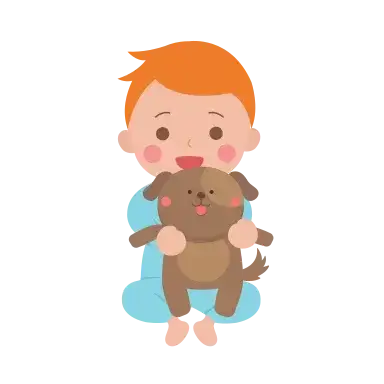
As your baby becomes more independent, mastering the art of scooting, crawling, or walking, they’re eager to explore the world around them. Ensure the environment is safe, removing potential hazards, and let your baby touch and experience various textures and surfaces at home and in the yard.
Encourage sensory exploration—let them feel the mushiness of a banana on the highchair tray, the hardness and coldness of ice cubes, or the contrasting textures of sandpaper and a stainless-steel sink. While these discoveries unfold, your loving touch remains paramount; seize every opportunity to give hugs and kisses, reinforcing the connection between you and your little one.

As your 12-month-old explores new foods, their sense of taste is still evolving. You might observe preferences emerging, with some foods more appealing than others. Keep introducing a range of tastes and smells, and be persistent if they don’t take to a particular food immediately—it may take ten tries or more for them to develop a liking.

As your baby hits the one-year mark, their senses are nearly fully developed. Their vision is sharp, comparable to most adults, and they’re becoming good at recognizing people, places, and objects.
Your child’s vision has been developing over several months, and now they can see clearly both near and far, even tracking swiftly moving objects. The coordination between their motor skills and eyesight is improving, allowing them to spot a toy across the room, focus on it, move toward it, pick it up, and explore it in various ways.
While familiar faces remain their favorites, your baby might also show interest in looking at pictures in books, especially those with familiar images. Objects with moving parts can captivate their attention, leading them to spend considerable time examining and manipulating them to understand how they work. To enhance their experiences, take your baby to new and intriguing places, pointing out and naming different sights along the way.

Now that your one-year-old’s hearing is fully developed, they’re getting the hang of individual sounds and words, recognizing that people, places, and objects have names. Your child may begin linking names to specific objects, responding to cues like their name or finding requested items. Interact with them through simple commands or questions to see how much they grasp.
With their well-developed hearing, create joyful moments by turning up the music and watching your little one dance to the beat. Keep reading and singing; these shared experiences play a vital role in shaping their imagination for the future.

As your baby becomes more independent, mastering the art of scooting, crawling, or walking, they’re eager to explore the world around them. Ensure the environment is safe, removing potential hazards, and let your baby touch and experience various textures and surfaces at home and in the yard.
Encourage sensory exploration—let them feel the mushiness of a banana on the highchair tray, the hardness and coldness of ice cubes, or the contrasting textures of sandpaper and a stainless-steel sink. While these discoveries unfold, your loving touch remains paramount; seize every opportunity to give hugs and kisses, reinforcing the connection between you and your little one.

As your 12-month-old explores new foods, their sense of taste is still evolving. You might observe preferences emerging, with some foods more appealing than others. Keep introducing a range of tastes and smells, and be persistent if they don’t take to a particular food immediately—it may take ten tries or more for them to develop a liking.
Monitoring these cues can help you respond promptly to your child’s needs, ensuring their well-being and comfort. If concerns persist, consult with a healthcare professional for guidance and support.
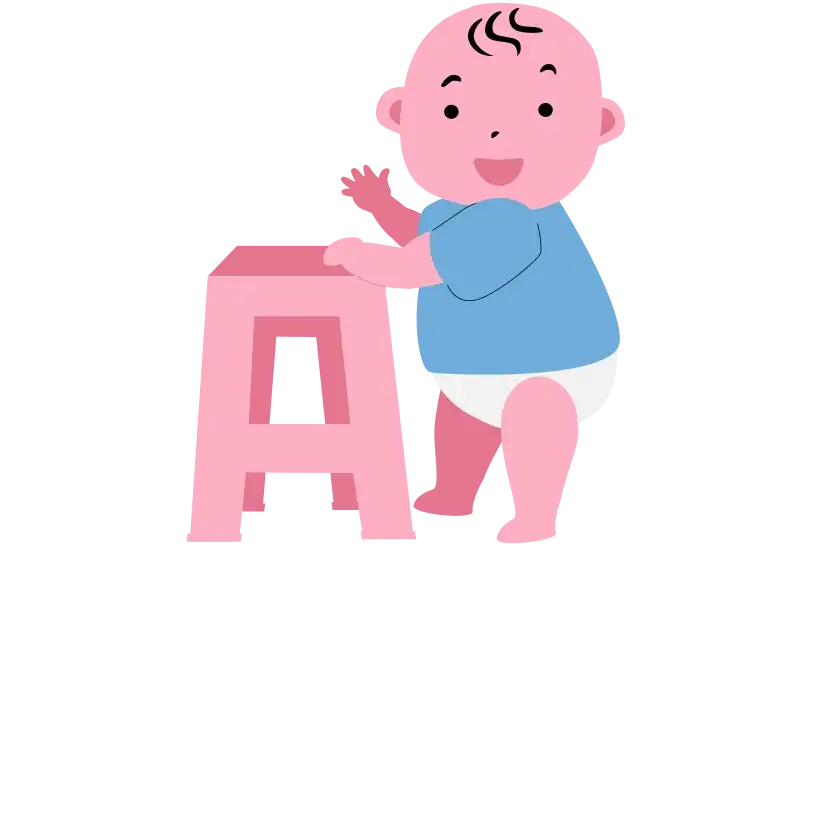
Your little one is likely starting to take their first steps while holding onto furniture or your hands, showing advancements in their gross motor skills and balance as they explore mobility.

The emergence of your baby’s first recognizable word is a significant leap in language development. It might be a simple word like “mom” or “dad,” indicating their growing ability to express themselves verbally.

Your baby is now recognizing and verbalizing the names of their caregivers, reflecting an understanding of important individuals in their lives and an early form of social communication.

Alongside caregivers’ names, your baby may start uttering simple words like “bye-bye” or “ball,” expanding their vocabulary and communication skills.
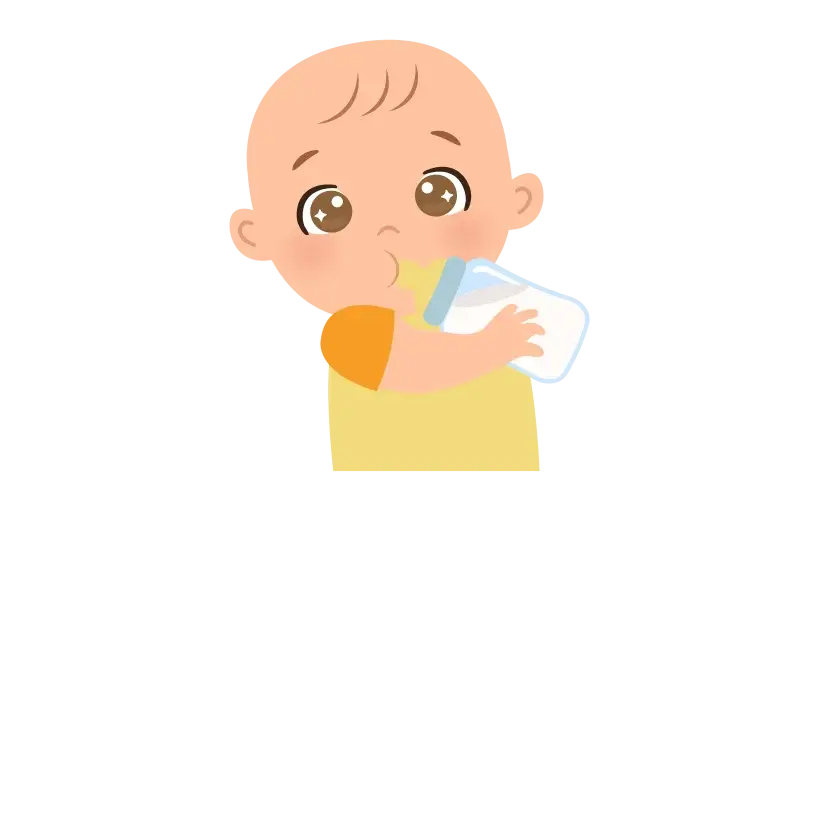
Transitioning to a Sippy cup marks a step toward self-sufficiency in feeding. Your baby is learning to coordinate sipping, enhancing fine motor skills and independence.
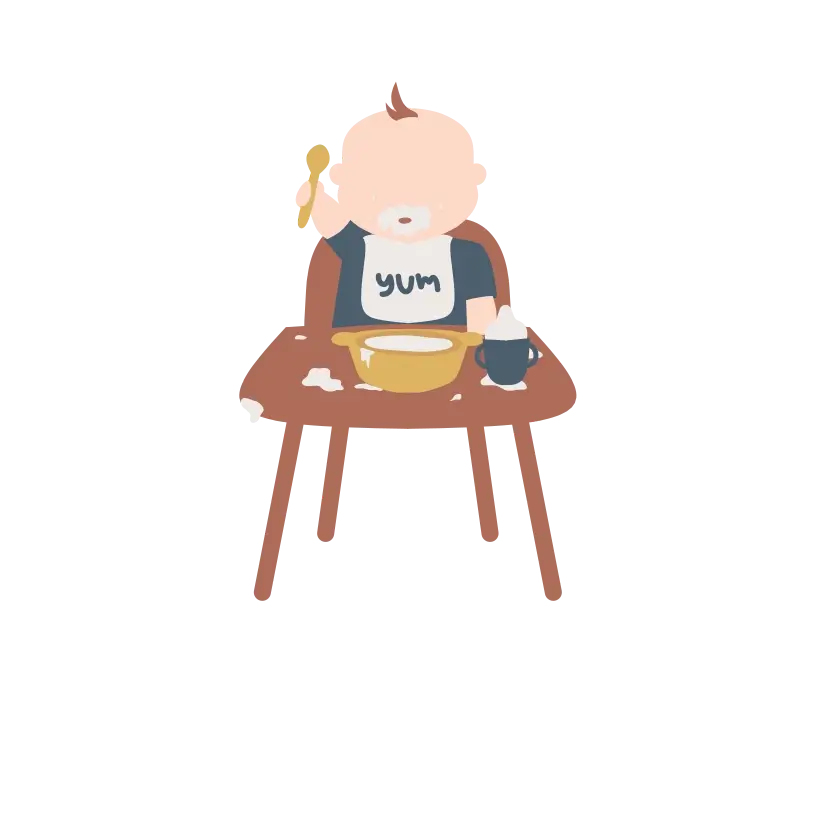
The ability to eat with a spoon demonstrates improved fine motor skills and coordination. Your baby is developing the skill to bring food to their mouth independently.
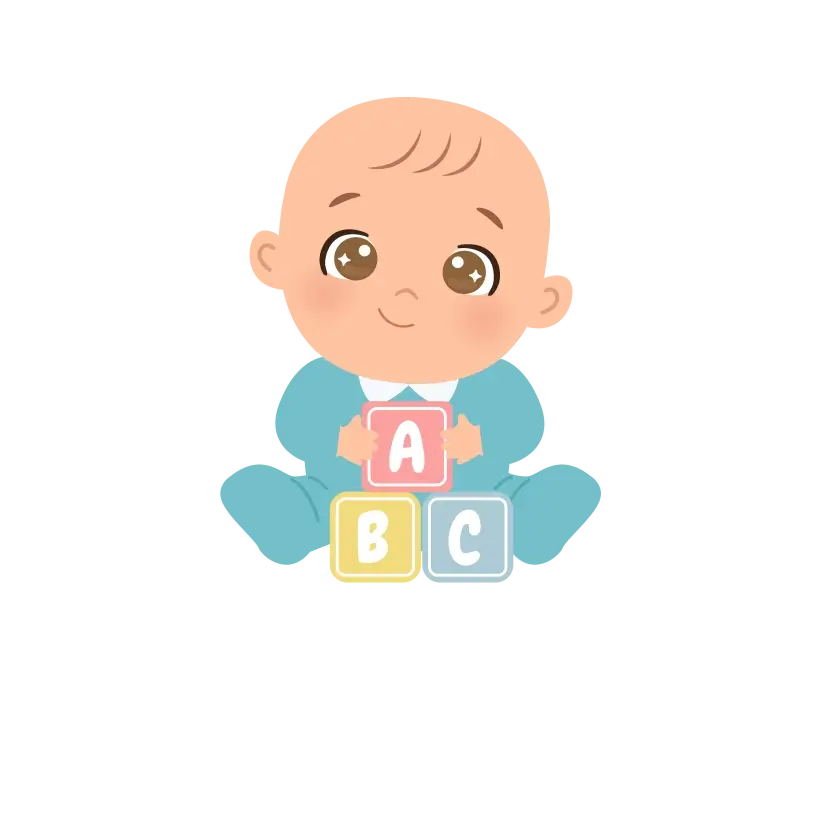
Engaging with stacking toys is a cognitive milestone, showcasing developing hand-eye coordination and problem-solving skills as your baby explores how to stack and balance objects.
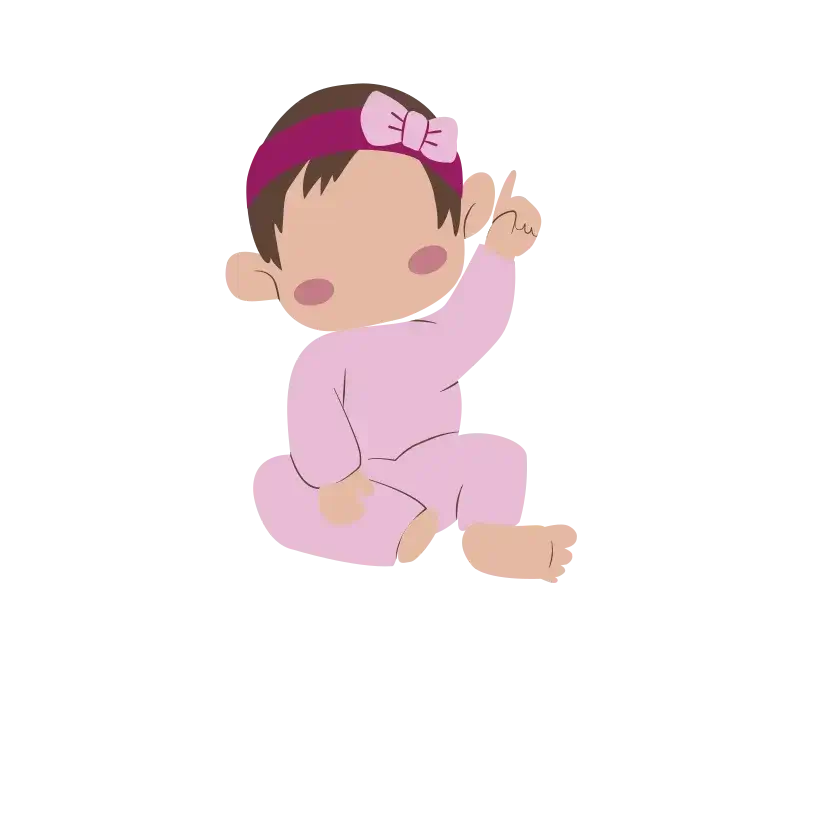
Pointing to objects is a form of communication as your child begins to express interest or draw attention to specific things. This indicates a growing understanding of the world around them.
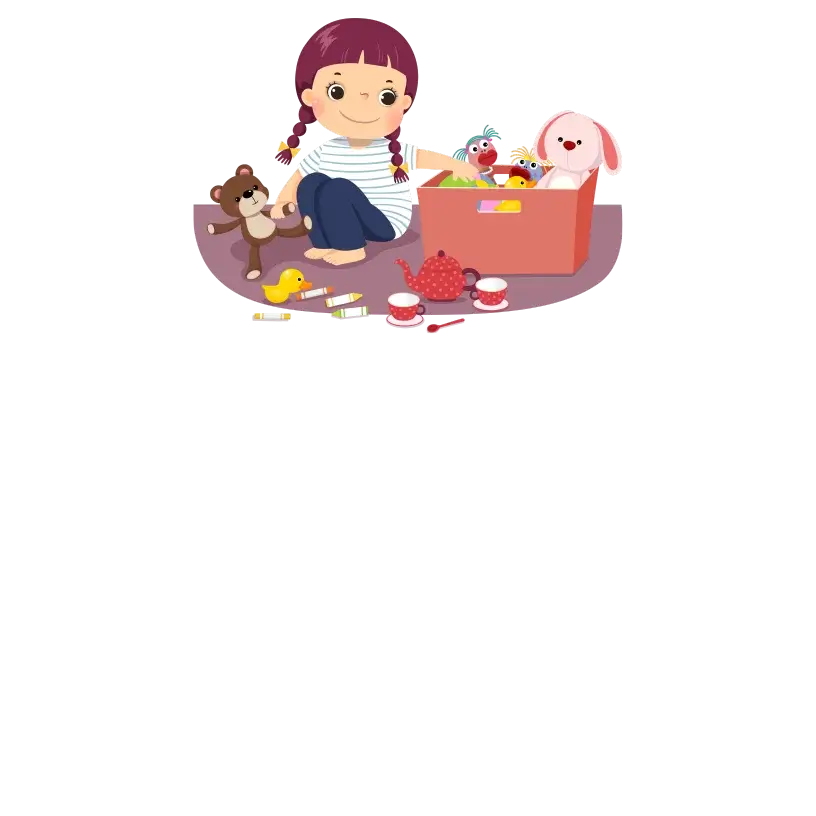
Experimenting with throwing toys or objects is a motor skill milestone, demonstrating improved strength and coordination. This exploration helps them understand cause and effect.
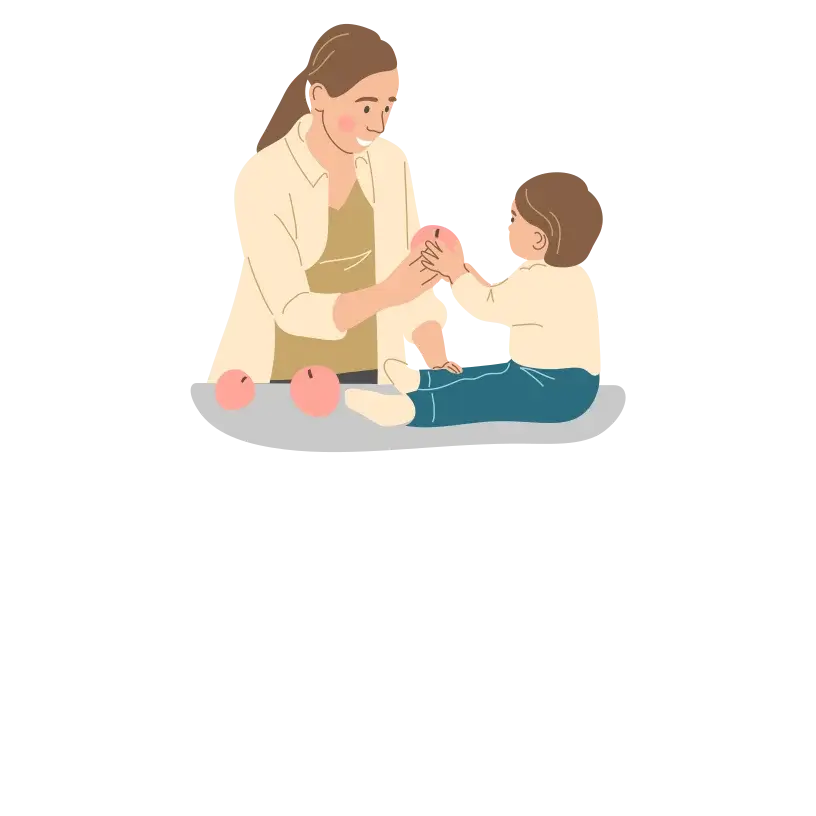
Understanding and responding to simple commands such as “Come here” or “Give me the toy” reflects cognitive development and receptive language skills. Your baby is increasingly comprehending and following instructions.
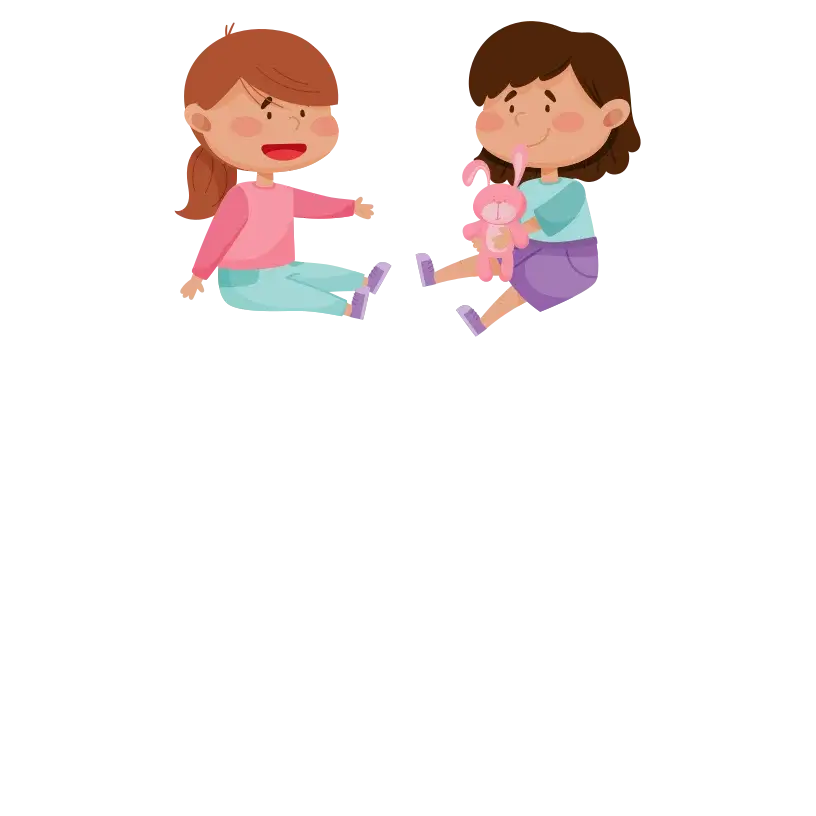
The concept of sharing emerges, reflecting social and emotional development. While full understanding may take time, your baby is starting to understand how to interact with others and take turns.

At the 12-month-old, your baby experiences incredible developments, becoming more mobile and expressive, expanding their world swiftly. It’s crucial to remember that each child develops uniquely and at their own pace. These milestones are general guidelines, and it’s perfectly okay if your baby doesn’t hit all of them at once.
As long as they’re active, playing, and engaging with their surroundings, even if they look a bit different from others, they’re likely progressing just fine!

Your little one is likely starting to take their first steps while holding onto furniture or your hands, showing advancements in their gross motor skills and balance as they explore mobility.

The emergence of your baby’s first recognizable word is a significant leap in language development. It might be a simple word like “mom” or “dad,” indicating their growing ability to express themselves verbally.

Your baby is now recognizing and verbalizing the names of their caregivers, reflecting an understanding of important individuals in their lives and an early form of social communication.

Alongside caregivers’ names, your baby may start uttering simple words like “bye-bye” or “ball,” expanding their vocabulary and communication skills.

Transitioning to a sippy cup marks a step toward self-sufficiency in feeding. Your baby is learning to coordinate sipping, enhancing fine motor skills and independence.

The ability to eat with a spoon demonstrates improved fine motor skills and coordination. Your baby is developing the skill to bring food to their mouth independently.

Engaging with stacking toys is a cognitive milestone, showcasing developing hand-eye coordination and problem-solving skills as your baby explores how to stack and balance objects.

Pointing to objects is a form of communication as your child begins to express interest or draw attention to specific things. This indicates a growing understanding of the world around them.

Experimenting with throwing toys or objects is a motor skill milestone, demonstrating improved strength and coordination. This exploration helps them understand cause and effect.

Understanding and responding to simple commands such as “Come here” or “Give me the toy” reflects cognitive development and receptive language skills. Your baby is increasingly comprehending and following instructions.

The concept of sharing emerges, reflecting social and emotional development. While full understanding may take time, your baby is starting to understand how to interact with others and take turns.

At the 12-month-old, your baby experiences incredible developments, becoming more mobile and expressive, expanding their world swiftly. It’s crucial to remember that each child develops uniquely and at their own pace. These milestones are general guidelines, and it’s perfectly okay if your baby doesn’t hit all of them at once.
As long as they’re active, playing, and engaging with their surroundings, even if they look a bit different from others, they’re likely progressing just fine!
Engage in interactive storytime with your 12-month-old to enhance their learning experience. Beyond reading the words on the page, encourage participation by pointing to people and objects and asking questions like “Where is the baby?” or “What sound does the duck make?” This interactive approach supports your baby’s language development as they make connections between sounds and words.
Introduce puzzles into playtime, offering large, chunky wooden puzzles. While your baby may need assistance, this activity fosters spatial awareness and problem-solving skills. Celebrate their achievements, providing a confidence boost.
Embark on a nature walk to explore the outdoors together. Let your child feel different textures, pull to stand at a park bench for gross motor skill development, and engage in language development by narrating your surroundings.
Play patty-cake, a fun clapping game suitable for 12-month-olds. As your baby’s coordination improves, they can participate independently, learning valuable social skills about taking turns.
Create an obstacle crawl to help your baby understand spatial relationships and refine gross motor skills. You can craft a simple tunnel by taping together the removed tops and bottoms of various boxes.
Enhance sensory and visual skills by making a sensory bottle. Fill a tightly sealed water bottle with cereal, glitter, or rice, allowing your baby to shake and explore. Experiment with different containers for varied sensory stimulation.
Sleep regression at 12 months isn’t universal for all babies. The sleep development of infants varies significantly, and not every child follows the same timeline. While some 1-year-olds may experience a sleep regression, others might notice improvements or maintain relatively consistent sleep patterns at this age.
At 12 months, your baby’s nutritional needs evolve, and incorporating at least 16 ounces of cow’s milk daily becomes crucial. This ensures they receive essential nutrients like vitamin D and calcium, supporting the development of strong bones and promoting healthy brain development. Cow’s milk becomes a valuable diet component, contributing to their overall growth and well-being.
By the time your baby reaches 12 months, their milestones may vary—some might be confidently walking, while others may still be mastering standing and cruising with support. It’s completely normal for each baby to progress at their own pace. Many are eager to pull themselves up and cruise along furniture; some may even take those first unassisted steps as their balance improves. Embrace and encourage their unique developmental journey.
The American Academy of Pediatrics suggests transitioning your baby from bottle-feeding to cup between 12 to 18 months. As your baby approaches their first birthday, consider introducing new tableware. Some children form emotional bonds with their bottles, and if you anticipate challenges in the weaning process, consulting with your doctor for guidance is a wise approach.
Language development varies among babies, but many 12-month-olds start to say their first words. It’s common for them to have a vocabulary of a few words or simple sounds at this stage. However, remember that every child develops differently; some may start talking earlier or later. Encourage your baby’s language skills by talking to them, reading books, and repeating simple words.
Sleep regression at 12 months isn’t universal for all babies. The sleep development of infants varies significantly, and not every child follows the same timeline. While some 1-year-olds may experience a sleep regression, others might notice improvements or maintain relatively consistent sleep patterns at this age.
At 12 months, your baby’s nutritional needs evolve, and incorporating at least 16 ounces of cow’s milk daily becomes crucial. This ensures they receive essential nutrients like vitamin D and calcium, supporting the development of strong bones and promoting healthy brain development. Cow’s milk becomes a valuable diet component, contributing to their overall growth and well-being.
By the time your baby reaches 12 months, their milestones may vary—some might be confidently walking, while others may still be mastering standing and cruising with support. It’s completely normal for each baby to progress at their own pace. Many are eager to pull themselves up and cruise along furniture; some may even take those first unassisted steps as their balance improves. Embrace and encourage their unique developmental journey.
The American Academy of Pediatrics suggests transitioning your baby from bottle-feeding to cup between 12 to 18 months. As your baby approaches their first birthday, consider introducing new tableware. Some children form emotional bonds with their bottles, and if you anticipate challenges in the weaning process, consulting with your doctor for guidance is a wise approach.
Language development varies among babies, but many 12-month-olds start to say their first words. It’s common for them to have a vocabulary of a few words or simple sounds at this stage. However, remember that every child develops differently; some may start talking earlier or later. Encourage your baby’s language skills by talking to them, reading books, and repeating simple words.
1. American Academy of Pediatrics: From Bottle to Cup: Helping Your Child Make a Healthy Transition
2. American Academy of Sleep Medicine: Recharge with sleep: Pediatric sleep recommendations promoting optimal health
3. Centre for Disease Control and Prevention: Birth to 24 months: Girls Length-for-age and Weight-for-age percentiles
4. Center for Disease Control and Prevention: Birth to 24 months: Boys Length-for-age and Weight-for-age percentiles
5. KidsHealth: Your Baby’s Hearing, Vision, and Other Senses: 12 Months
6. Mayoclinic: Infant and toddler health
7. MyHealth.Alberta.ca: Signs of pain in a child: Care Instructions
8. NHS: Start for Life: Over 12 months
9. Queensland Government: Baby and early childhood health issues and concerns
10. Sleep Foundation: 12-month-old Sleep Regression
11. UNICEF: Feeding your baby: 1-2 Years
12. Sleep Foundation: 12-month-old Sleep Regression
© Mindsmaking 2024